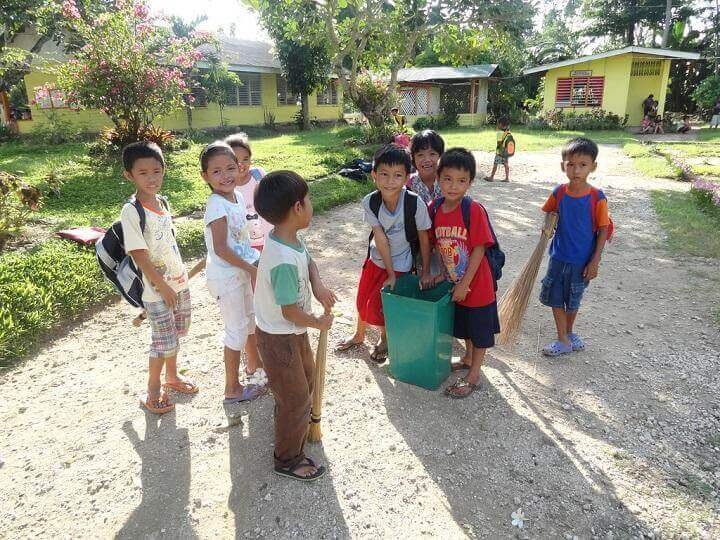Help others for kids

Explaining to boys and girls the concept of helping others is an essential task in the first years of a child’s life. Their reason can be found in the need to propose, integrate and internalize human values in their education, which will allow them, in the future, to contribute positive attitudes and actions to society and live in a balanced and beneficial way for themselves and the rest of the world. the human beings with whom they will be surrounded throughout their lives.
However, at Ayuda en Acción we are aware that education in values and, in particular, some of them, such as empathy or solidarity, can be complex at certain ages, so you will find a lot of teaching material that is constantly growing in our virtual library on education in values . Today we focus on the concept of helping others. Shall we start?
Explain how to help others with examples
Examples are always the first step for our children to understand a complex concept such as helping others, which encompasses empathy, social skills, personal development and solidarity, among others. Children’s stories are a good way to start this dialogue and set out the behaviors we want to work on: we can read the story The Spoiled Mirror or The Sweet Little Witch , which show values such as kindness and generosity, fundamental in helping others, and They will allow us to start building the bridges for future examples, conversations and actions with which to support teaching.
In Children’s Guide we will also find nine stories about generosity and the value of sharing that we can collect with a similar intention to the previous ones: The Fox and the Stork, Goldilocks, The Two Friends…
Explain how to help others with actions
But as you well know, you don’t learn simply by listening; you learn by doing. Therefore, the next step is to turn helping others from words to action, and to do so through positive social skills, which are:
1. Learning to play with others : children learn through play, and the game, to be fun for all its participants, has to integrate and be a way to cooperate, collaborate and share.
2. Respect and empathize with others : if there is no respect, there will hardly be a game; Your son or daughter will quickly learn that selfishness takes away much more than it gives and that if he doesn’t care about the other boys and girls, they won’t care about him either.
3. Feel comfortable and express feelings , which facilitates not only empathy, but also many other communication and social skills that will help you at school and throughout your life.
Helping others will always begin through play, which is the true engine of learning for the little ones, and will continue with the small actions that they can carry out or support in the family or in society: in this way, groups of game we will start to consume responsibly, to participate in social or cultural events that benefit everyone , to donate those clothes and objects that we no longer use and to reuse, reduce and recycle. Through these small gestures we will encourage civic and supportive attitudes in our sons and daughters that will serve to integrate many of the teachingsin a practical way and gradually understand the concepts that we have raised with words, stories and examples through actions (empathy, solidarity, teamwork, helping others…).
Can you imagine growing without future opportunities? We do not.
However, it is very important that we bear in mind that:
1. Playgroups are a fundamental part of learning, but we should never force our children to show solidarity or help others. Any type of learning, and also education in values, cannot come from imposition , which is exactly the opposite of education —at Ayuda en Acción we recommend this TEDx talk by Jorge and Demián Bucay on educating without rewards or punishments —. This means that the child must learn that sharing is something natural and positive for him , and he will do it in due time: the same goes for helping others.
2. The best incentives for a boy or girl to learn and integrate the concept of helping others aremotivate with words, encourage the game and take advantage of the situations in which these actions can occur.
And yet, there is no better way for your children to learn something than by being a clear example—a reference—of what you want them to learn . All of the above gets very complicated if we don’t lead by example: your son or daughter will have a hard time understanding why it’s good, generous and great to help others if their parents and role models don’t.
Teach with our own actions
In conclusion, actively participating in the values education of our children is even more effective if we do it from the role or figure of reference . All of the above: consuming responsibly, volunteering, helping people in need, sharing as part of our daily lives is the best way for children to learn, because they learn by example.
So, if you are looking for options through which to explain and teach your children to help others, remember that at Ayuda an Action we have multiple aid programs that serve 19 countries on four continents and that fight against inequality, injustice and poverty, where we place special emphasis on childhood and women’s rights.






